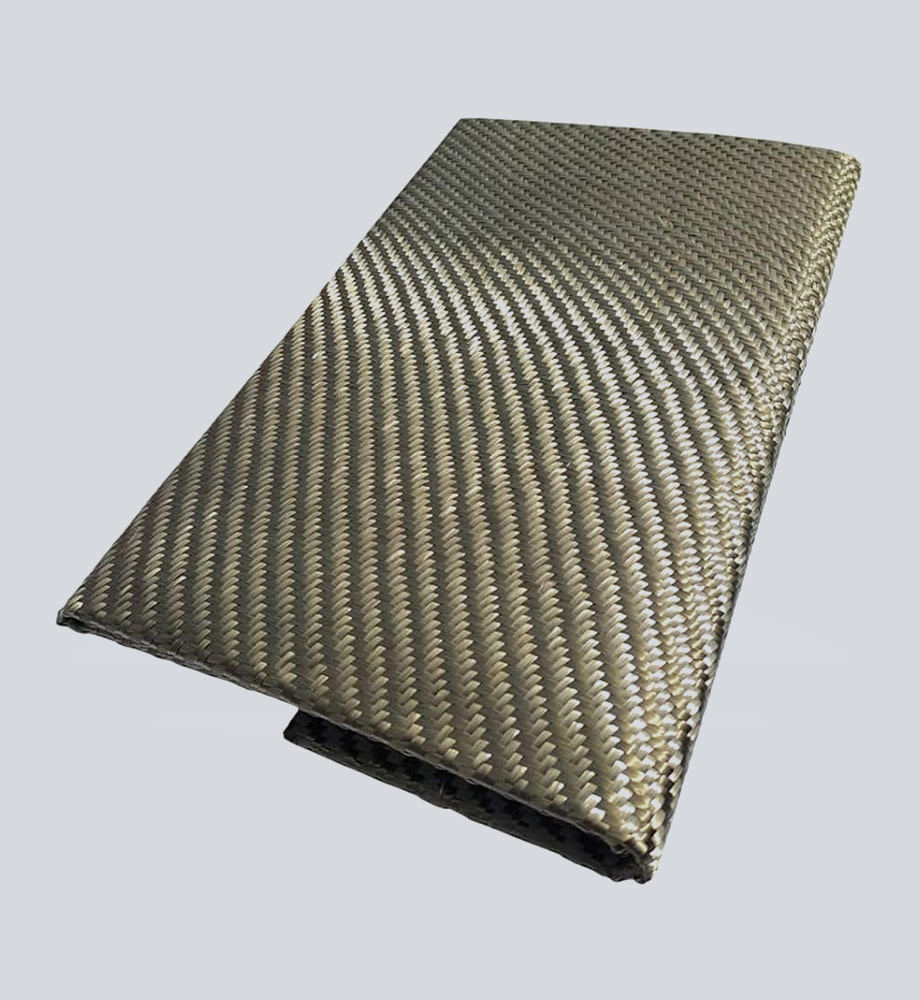Key Features
- Superior Properties: High tensile and flexural strength with excellent heat and chemical resistance.
- Eco-Friendly: Produced from natural basalt ore without additives; no toxic fumes in manufacture.
- Corrosion-Proof: Better chemical stability than E-glass; suitable for acids, alkalis, and high-humidity environments.
- Non-Magnetic/Electrically Insulating: Naturally so, like standard FRP.
Benefits
- Longer Durability: Outperforms glass in high-temperature or corrosive settings (e.g. up to 550°C before softening).
- Cost-Effective Upgrade: Often competitive in price with high-end fiberglass, yet provides higher strength and stability.
- High Stiffness: Offers a slight stiffness improvement over E-glass, allowing slimmer sections.
Applications
- Electrical components (insulating supports, cable ties) where higher thermal endurance is needed.
- Marine and offshore structures (deck framing, supports) exposed to saltwater.
- Oil & gas (floor gratings, handrails in chemical plants).
- Pultruded cross-arms and supports on power distribution lines (replacing glass where chemicals are present).
Technical Specifications
- Material: Basalt fiber cloth or roving with vinylester resin (high-temp resins can be used).
- Typical Profiles: Basalt U-channels, T-sections, flat bars, and round rods in standard dimensions.
- Mechanical: Tensile modulus ~20–40 GPa, tensile strength 1.0–2.5 GPa. Superior to many glass formulations.
- Standards: Often rated for high fire performance (UL 94 V-0 possible) due to basalt’s mineral nature.
Unique Selling Points (USPs)
- Highest Thermal Limit of FRP: Basalt composites remain stable at temperatures exceeding those glass can handle.
- Enhanced Stability: Less thermal expansion and higher creep resistance than glass, leading to tighter dimensional stability.
- “Green” Fiber: Derived from abundant natural rock, offering environmental branding value.

